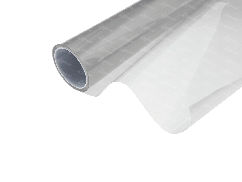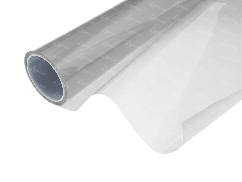Energy-Saving Film – Maximum Efficiency for Lower Energy Costs
Introduction to Energy-Saving Films
What is Energy-Saving Film?
Definition and Main Features
Energy-saving film is an innovative, specialized material applied to windows and glass surfaces to efficiently regulate indoor temperatures. Comprising multiple advanced layers, it inhibits heat transfer, reducing energy costs while maintaining a clear or slightly reflective surface. This allows daylight to enter while keeping unwanted heat outside, enhancing comfort and energy efficiency for residential and commercial spaces.
Difference from Other Types of Films
Unlike traditional solar control films, which primarily protect against UV light and reduce glare, energy-saving film emphasizes thermal insulation and energy efficiency. It balances indoor temperatures during both hot summers and cold winters, ensuring comfort and reduced energy expenses immediately after installation.
How Energy-Saving Film Works
Thermal Insulation
The film restricts thermal conduction, keeping cool air inside and ensuring efficient cooling during hot weather. Additionally, it reflects infrared rays, which play a significant role in temperature regulation. This feature reduces the need for air conditioning, lowers energy costs, and minimizes the ecological footprint.
Improvement of Indoor Climate Control
Energy-saving film maintains consistent indoor temperatures, ensuring comfort during extreme weather conditions. It also prevents moisture buildup, reducing the risk of mold and improving air quality for a healthier living environment.
Benefits of Energy-Saving Film
Cost Reduction Capability
Energy-saving film significantly lowers heating and cooling expenses, reducing energy consumption and shortening the payback period. It also enhances property value while supporting environmental sustainability.
Eco-Friendly Aspects
By minimizing energy usage, the film reduces CO2 emissions and contributes to a smaller ecological footprint. It aligns with sustainable building practices, offering environmental and aesthetic benefits.
Enhancement of Living Comfort
The film balances temperature discrepancies across rooms, ensuring consistent comfort. It also blocks harmful UV rays, preserving furniture and interior furnishings, which enhances the longevity of your space.
Application Areas of Energy-Saving Film
Living Spaces
Energy-saving films are ideal for private residences, creating a comfortable and efficient environment. They are also effective in urban apartments, where they regulate costs and improve personal spaces.
Commercial Use
Offices benefit from reduced operating costs and improved employee productivity. Retail spaces create a pleasant shopping environment while lowering energy expenses.
Public Institutions
Schools adopt energy-saving films to promote energy-efficient practices and optimize learning environments. Hospitals use them to improve patient recovery and staff well-being through better indoor climates.
Choosing the Right Energy-Saving Film
Important Criteria for Selection
Consider factors such as light transmittance, thermal insulation, thickness, and material performance when selecting the right film. Ensure the product has the appropriate certifications and complies with quality standards.
Installation of Energy-Saving Films
DIY vs. Professional Installation
DIY installation is cost-effective but requires precision for a polished result. Professional mounting, while more expensive, ensures higher quality and longevity.
Step-by-Step Guide
Begin by thoroughly cleaning windows and gathering the necessary tools. During application, use a squeegee to ensure a smooth, bubble-free finish. Patience and attention to detail are crucial for successful installation.
Care and Maintenance
Cleaning Methods
Use gentle cleaning products and avoid abrasive substances to maintain the film's quality. Clean with a soft cloth and minimal pressure to prevent scratches.
Lifespan and Repairs
High-quality films can last for years with proper maintenance. In case of damage, repair kits or professional services can help restore the film.
Sustainability and Environmental Awareness
Eco-Friendly Production
Many films are made using sustainable, recyclable materials. Advances in manufacturing processes ensure improved efficiency and eco-friendliness.
Role in Green Building Practices
Energy-saving films contribute to LEED certifications and are essential for efficient, environmentally conscious building designs.
Market Trends and Future Developments
Technological Innovations
Smart film technologies provide greater control over light and heat. Continuous advancements set new standards for energy efficiency.
Design Trends
Customizable films cater to personal preferences, combining aesthetics with functionality. They integrate seamlessly into modern interior design concepts.
Conclusion: Energy-Saving Film as a Key to Energy Efficiency
Summary of Benefits
Energy-saving films reduce heating and cooling expenses, enhance indoor climates, and improve overall living comfort. They also contribute to sustainability and environmental preservation.
Your Decision for a Sustainable Future
If you are interested in exploring energy-saving films further, feel free to contact us for personalized advice. Let us assist you in creating a more energy-efficient and comfortable living or working environment.
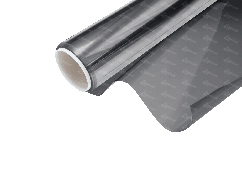
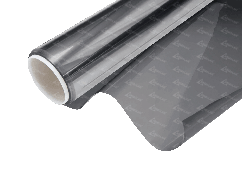
Sun protection films
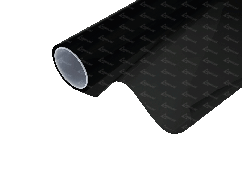
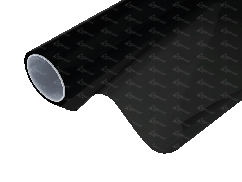
Automotive films
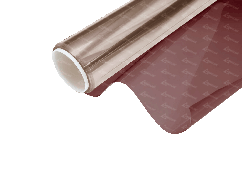
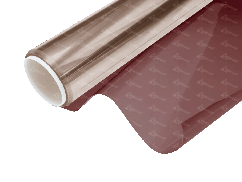
Architectural films
